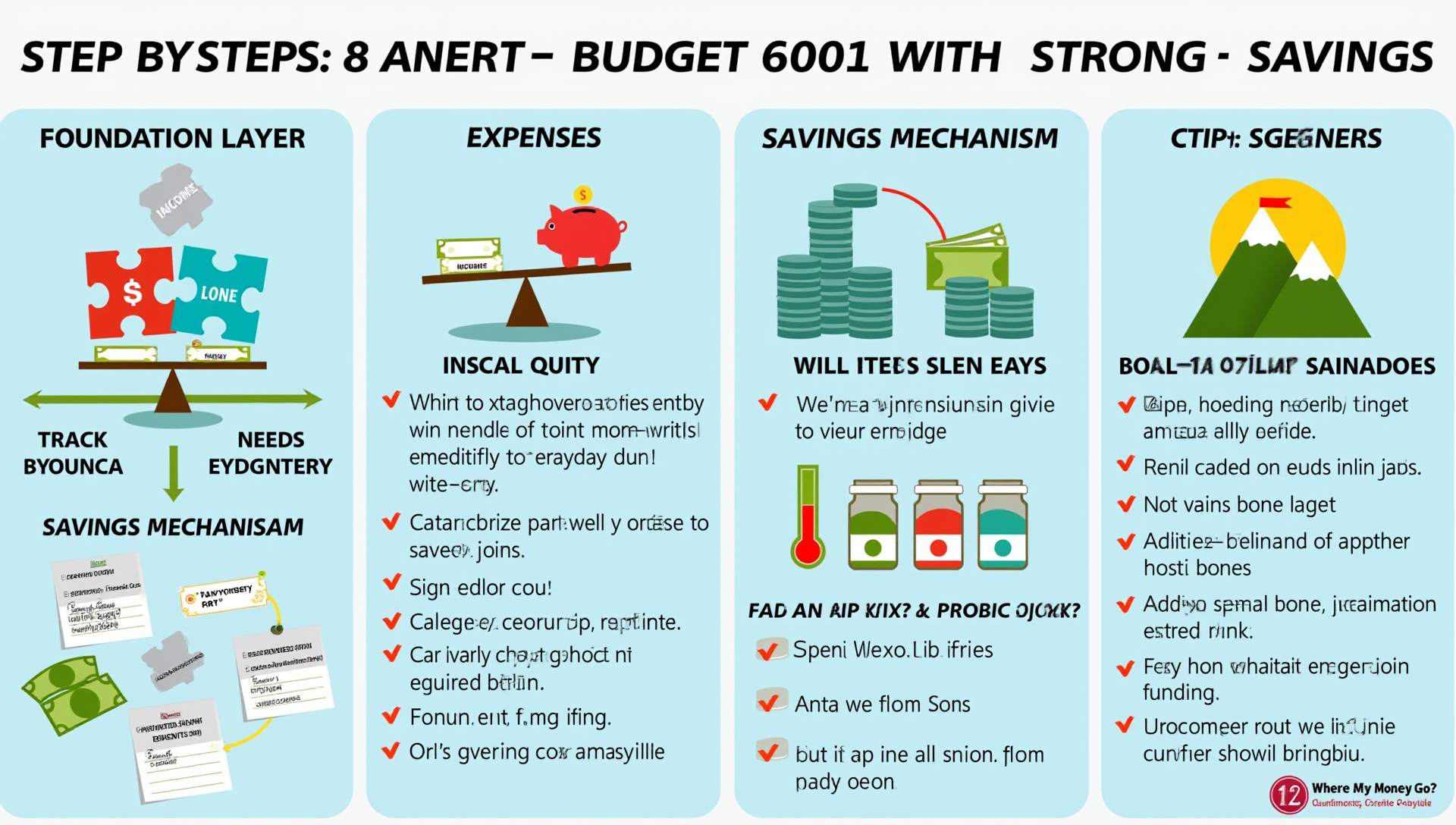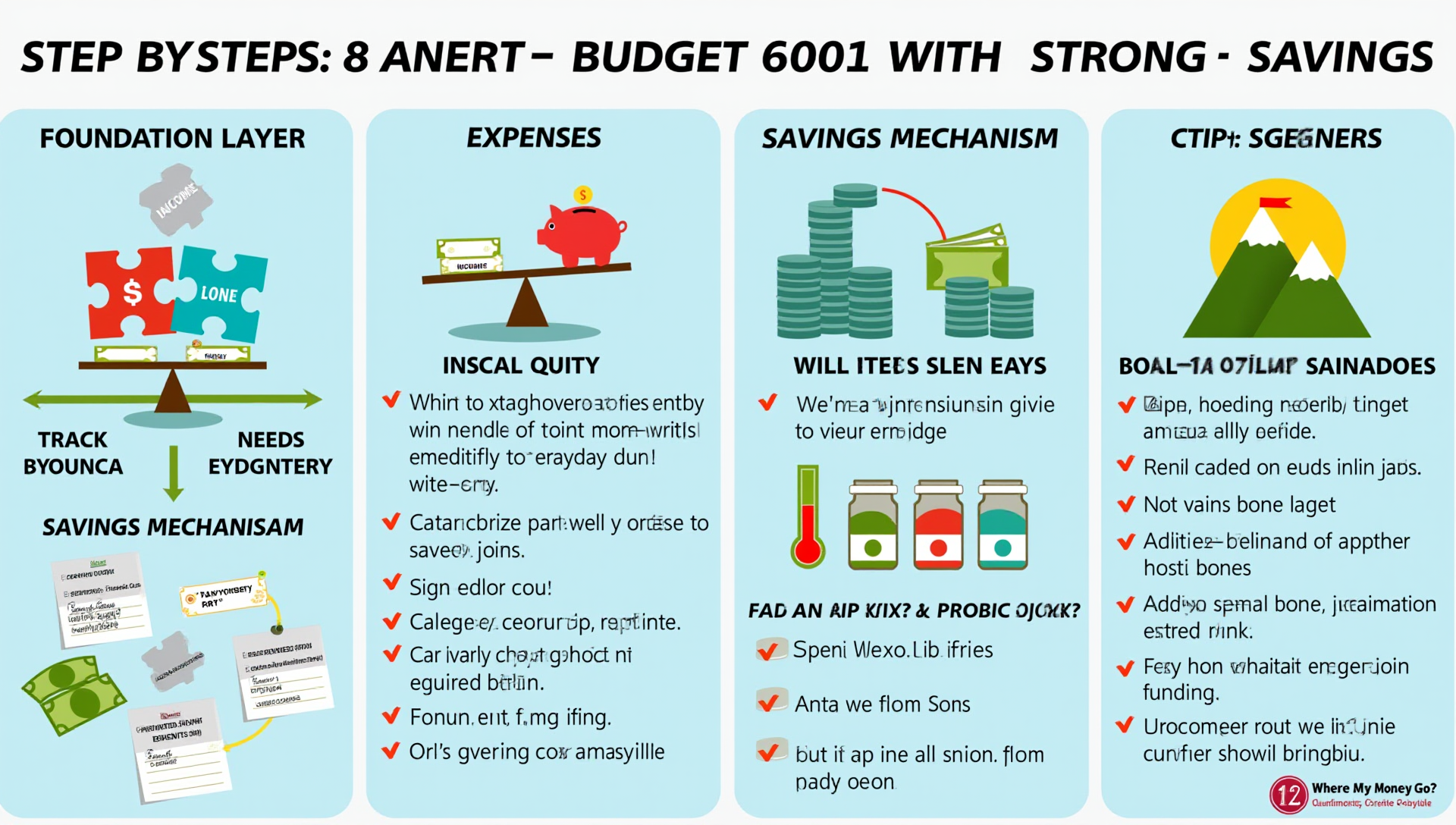 Budgeting Basics: Building a Plan to Support Your Savings
Budgeting Basics: Building a Plan to Support Your Savings
In today’s fast-paced and often unpredictable financial environment, budgeting is no longer just a good idea—it’s a necessity. Whether you’re saving for an emergency fund, a dream vacation, or long-term goals like homeownership or retirement, having a solid budgeting foundation can help you get there faster and with fewer setbacks.
With rising costs of living, economic uncertainty, and the lure of instant gratification via online shopping, it’s easy to feel overwhelmed when managing personal finances. Fortunately, budgeting offers a practical and empowering way to take control of your money and direct it toward your goals. Let’s explore how to build a budget that not only supports your savings but also aligns with your lifestyle.
Why Budgeting Matters More Than Ever
The importance of budgeting has grown in the face of:
-
Inflation and rising costs of everyday goods and services
-
Unpredictable job markets and gig economy shifts
-
Debt burdens such as student loans and credit card balances
-
Lifestyle inflation, where expenses increase with income
A well-crafted budget provides structure, clarity, and purpose. Instead of wondering where your money went, you’ll know where every dollar is going—and why.
Understanding the Core Components of a Budget
A budget is more than just a list of income and expenses. It’s a living, breathing plan that evolves with your goals and circumstances. At its core, a budget includes:
-
Income
This is your total take-home pay from all sources—salary, freelance work, side gigs, rental income, etc. Be sure to use net income (after taxes) for accuracy. -
Fixed Expenses
These are regular, consistent payments such as rent, mortgage, insurance, loan payments, and subscriptions. -
Variable Expenses
These fluctuate month to month—groceries, utilities, gas, dining out, and entertainment. -
Savings Contributions
Whether it’s for an emergency fund, vacation, or retirement, savings should be treated like a non-negotiable expense. -
Debt Repayment
Paying down credit cards or loans should be part of your budget, especially high-interest debt.
Steps to Building a Budget That Supports Your Savings
Step 1: Know Your “Why”
Why are you budgeting? To buy a home? Travel the world? Achieve financial independence? Define your goals first, because they’ll shape your financial roadmap.
Example: Sarah, a 28-year-old graphic designer, wanted to save $10,000 in two years for a cross-country move. This goal gave her budgeting efforts clarity and urgency.
Step 2: Track Your Spending
Before you can create a budget, you need to know where your money currently goes. Track every expense for at least a month using:
-
Apps like Mint, YNAB, or EveryDollar
-
Bank account summaries
-
Spreadsheets or notebooks
This process often reveals surprising habits—like the $100/month on subscription services you forgot you had.
Step 3: Categorize and Prioritize
Group your spending into categories and assign priorities. Essentials like housing, food, and transportation come first. Discretionary spending (like takeout or entertainment) comes next.
Pro Tip: Try using the 50/30/20 rule as a starting guide:
-
50% Needs (rent, groceries, utilities)
-
30% Wants (dining out, entertainment)
-
20% Savings and debt repayment
Adjust based on your goals and financial situation.
Step 4: Set Savings Goals
Make your savings goals SMART:
-
Specific: “Save $5,000 for a car”
-
Measurable: Break it into $417/month
-
Achievable: Ensure it fits within your budget
-
Relevant: It supports your broader lifestyle goals
-
Time-bound: Set a deadline (e.g., 12 months)
Real-Life Example: Jamal, a teacher, wanted to save $2,000 for holiday gifts and travel. He automated $100 monthly deposits into a dedicated savings account and hit his goal before December.
Step 5: Automate and Optimize
Set up automatic transfers to savings accounts right after payday. This creates a “pay yourself first” habit and prevents accidental overspending.
Also, review recurring expenses regularly. Cancel unused subscriptions, negotiate bills (like internet or insurance), or switch to lower-cost alternatives.
Step 6: Adjust and Review Regularly
Your budget isn’t set in stone. Review it monthly and adjust based on:
-
Life changes (job loss, raise, moving)
-
Seasonal expenses (holidays, back-to-school)
-
New goals (wedding, baby, home repair)
A flexible budget is a sustainable budget.
Common Budgeting Challenges (and How to Overcome Them)
1. “I don’t make enough to budget.”
Even with limited income, budgeting helps stretch every dollar. Start small—track expenses, cut what you can, and gradually build savings.
2. “I can’t stick to my budget.”
Budgets fail when they’re too rigid or unrealistic. Build in “fun money” and allow for occasional splurges within limits.
3. “Unexpected expenses throw me off.”
Create a buffer fund or include a “miscellaneous” line item in your budget to handle small surprises.
Tools and Resources to Help You Succeed
-
Apps: Mint, YNAB (You Need a Budget), PocketGuard, EveryDollar
-
Spreadsheets: Use free templates from Google Sheets or Microsoft Excel
-
Envelopes: Use the cash envelope method for discretionary spending
-
Banks: Many offer automatic savings and budgeting tools right in their apps
Success Stories: Inspiration from Everyday Budgeters
Lena’s Emergency Fund
After a job layoff during the pandemic, Lena realized she had no emergency savings. She created a minimalist budget, cut non-essentials, and saved $3,000 in six months. That fund later helped her handle car repairs without stress.
Carlos’ Debt-Free Journey
Carlos, a single dad, used the 50/30/20 rule and aggressive debt snowball method to pay off $8,000 in credit card debt. He now uses a budget to save for his daughter’s college education.
Final Thoughts: Your Budget, Your Power
Budgeting isn’t about restrictions—it’s about freedom. When you build a budget that reflects your goals and supports your savings, you take control of your financial future. It empowers you to say “yes” to what matters and “no” to what doesn’t serve your bigger picture.
Take action today:
-
Start tracking your expenses
-
Set one clear savings goal
-
Build a budget that supports it
Small steps add up. The sooner you start, the more control you gain over your money—and your life.



